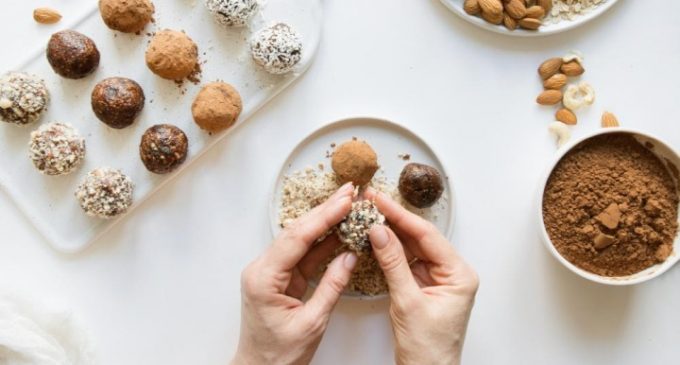Cutting Sugar and Boosting Protein in ‘Better-for-you’ Sweet Treats

The drive towards healthier choices in food and beverages has become so strong that it is even relevant to treating. Taste quality is essential to confectionery, sweet bakery, ice cream and desserts, however, formulating ‘better–for–you’ sweet treats can be challenging.
Sugar is inherent to the concept of treating and is therefore a particularly important focus for ‘better–for–you’ development. In fact, research shows that 91% of consumers are at least a little influenced by sugar reduction claims. There have been winners and losers in reduced sugar treats, however, and there is no surefire route to success. Strategies vary and include complete removal of sugar, blending of sugar with sweeteners and advances in sugar science.
Sugar reduction has been particularly successful in ice cream, with an emphasis on bolder on-pack calorie counts. “Several brands, such as Halo Top, have established themselves firmly on a low sugar platform,” says Lu Ann Williams, Global Insights Director at Innova Market Insights. “Their success owes much to pricing that is similar to premium mainstream products and a strong brand ethos centered on health.”
Beyond sugar, protein is the other macronutrient attracting most attention in ‘better-for-you’ sweet treats. Protein is a good fit with dairy desserts but also adds health value to some confectionery and sweet bakery products. Even some well-known sports nutrition brands are exploring opportunities in high protein biscuits and chocolate products.
Looking at ingredient development in ‘better–for–you’ sweet treats, plant–based ingredients stand out. In sweetening, for example, stevia, erythritol and monk fruit are all gaining ground. Meanwhile, in protein enrichment, pea protein is an increasingly popular ingredient choice, with rice protein an emerging niche.

































